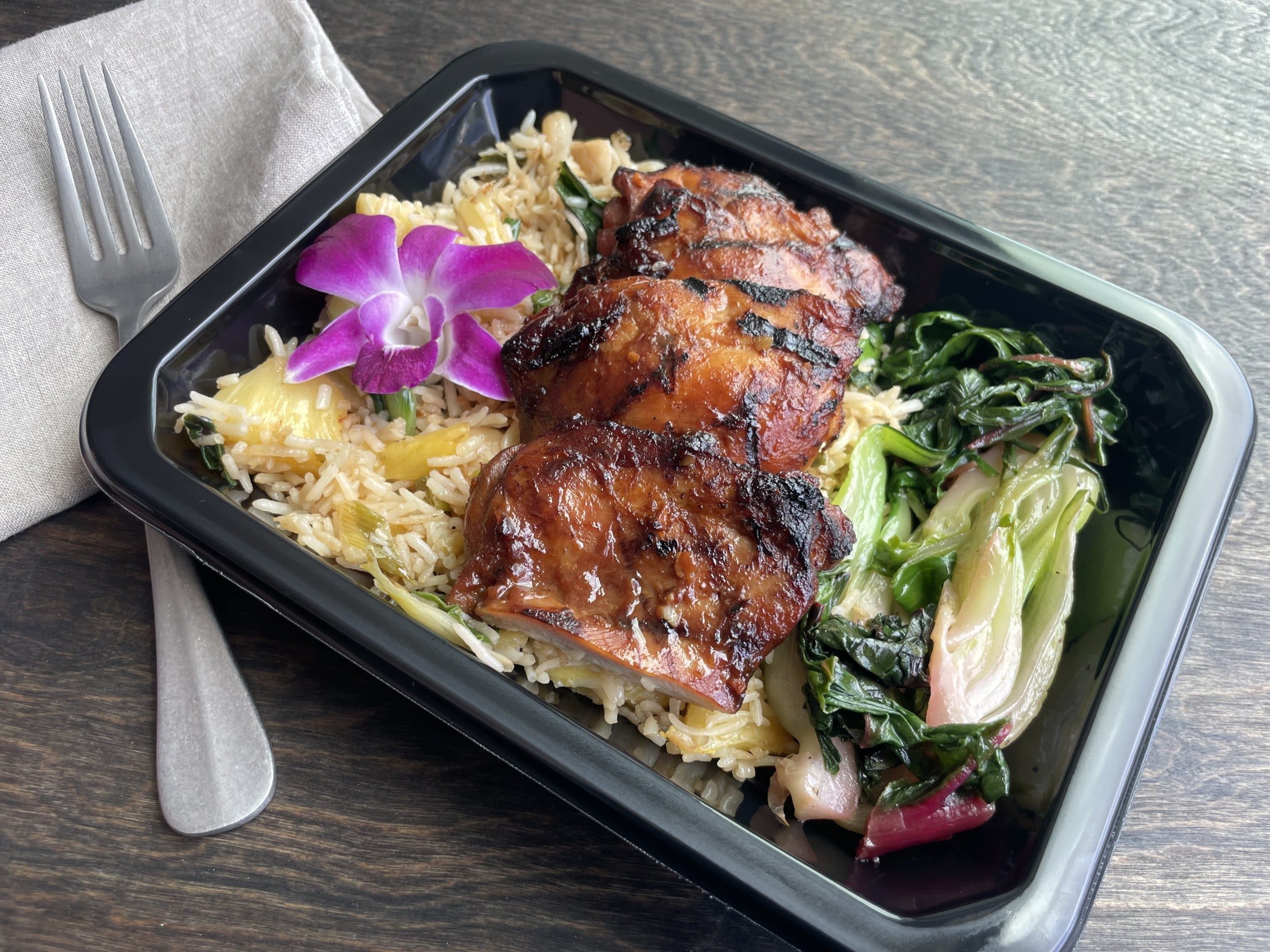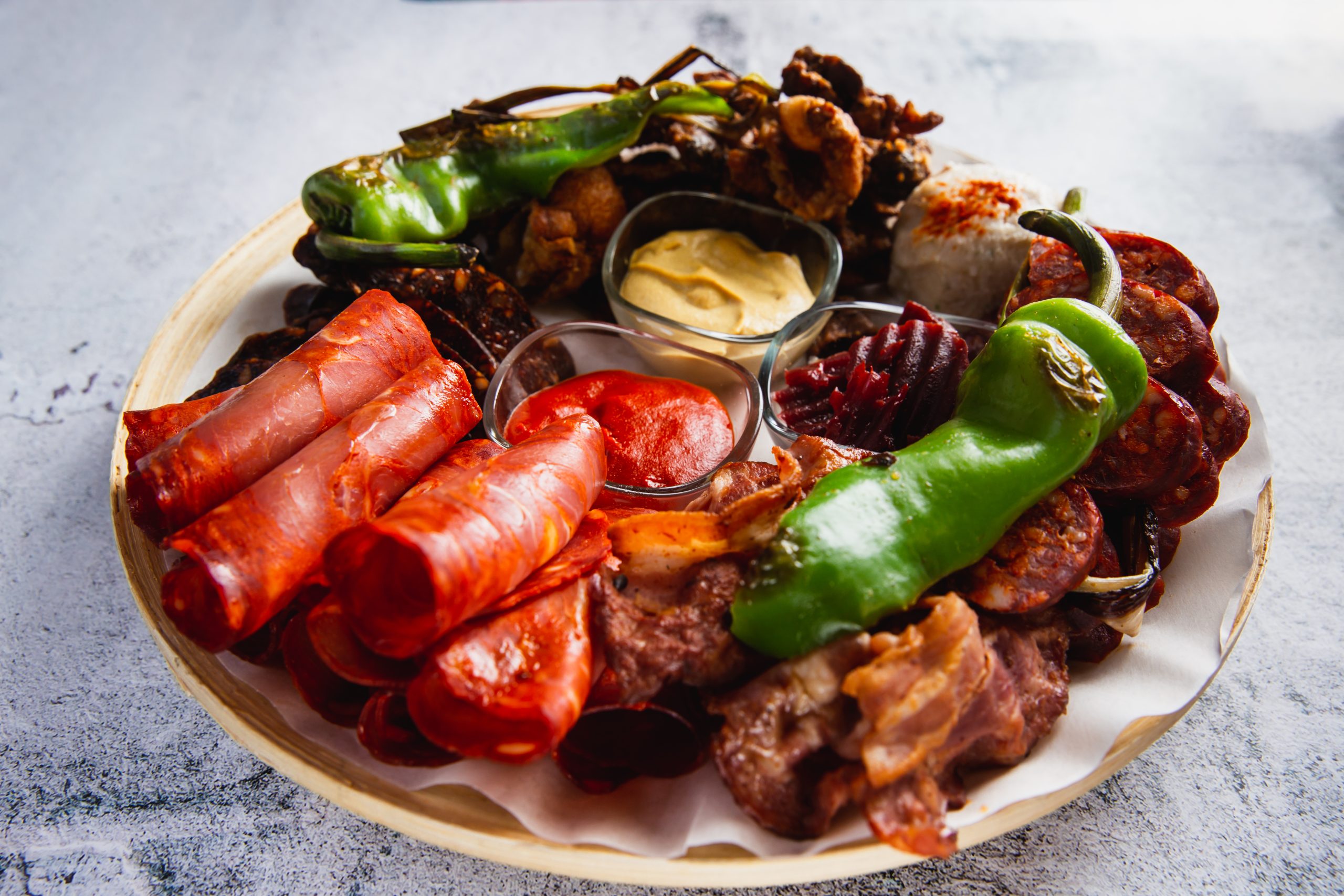
Restaurant-Quality Meals at Home: How Precooked Gourmet Options Compare to Takeout
Let’s be honest – we’ve all been there. It’s 6 PM on a Tuesday, you’re exhausted from work, and the last thing you want to
Cart
No products in the cart.
HOLIDAY SALE ENDS IN
Black Friday Sale: Save up to $30. Shop our Black Friday Sale.
If you live with diabetes or have someone close to your living with diabetes, you know how difficult it can be to find something to eat that is both healthy and satisfying. Counting carbs and avoiding obvious high sugar foods is not as easy as it sounds. Food nutrition labels that include Glycemic Index or Glycemic Load are uncommon and leave much up to your best guess.
First, let’s review the Glycemic Index and Glycemic Load. A food’s Glycemic Index is measured on a scale of 1-100, with straight table sugar atop at 100. The number measures how quickly the food will cause your blood sugar to rise. A low Glycemic Index food will cause blood sugar to rise only slightly.
Here are some examples of the different levels of Glycemic Index and foods that fit into each tier:
So, using Glycemic Index as a tool, you know to avoid more processed foods such as white bread, white rice, sugary sodas. These foods cause a rapid spike in blood sugar because they contain simple sugars that enter the bloodstream quickly as table sugar would.
Medium Glycemic Index foods contain glucose that is balanced out by the rest of the components like fiber, water, and fat. The spike in blood sugar is not as drastic, but it is still recommended that you put a cap on these medium-GI foods to keep a steady blood sugar level. Avoid the highs and crashes by sticking mostly to low Glycemic Index foods like those listed above.
Low Glycemic Index foods should make up the majority of the diabetic diet. Most vegetables and even fruits in moderation are ideal, along with meats and seafood. We all love carbs, and even though most carb sources have a moderate-to-high Glycemic Index, you can still include complex carbs like corn tortillas, and wheat pasta to complete a satisfying and delicious meal.
Now that we’ve covered Glycemic Index, let’s review Glycemic Load. Glycemic Load adds the time it takes a certain food to cause your blood sugar to rise into the equation. Also factored in is the serving size, specifically the amount of glucose delivered, as that increases the load that the body must then process.
For example, straight glucose like table sugar causes an immediate spike in blood sugar because there is no other component that needs to be processed by your body, and all of the glucose is delivered to the body to process. A large amount of sugar, say in a sugary soda, has a high Glycemic Load.
Glycemic Load = GI/100 multiplied by the net grams of carbohydrate (total grams of carbohydrate – dietary fiber).
Glycemic Load is measured in lower numbers because of the formula above, but a 20 GL means the GI is in the higher range, so keep that in mind.
| Low Glycemic Load | Medium Glycemic Load | High Glycemic Load |
| 10 or fewer | 11 – 19 | 20 or higher |
The Glycemic Load gives you a better idea of how a certain food will actually affect your body. For example, watermelon has a high Glycemic Index, but it also contains a decent amount of fiber and water. The carbs found in watermelon are minimal because they are negated in the net carb calculation (total grams of carbohydrate – dietary fiber). The watermelon does not provide the same carbohydrate weight as a processed food with a similar GI. Processed food like a bagel or doughnut with a similar GI (and little to no fiber) delivers nearly all of the carbohydrates available and therefore carries a heavier Glycemic Load and causes rapid blood sugar spikes.
While Glycemic Index gives you a pretty good idea of how your blood sugar will react to a food, Glycemic Load is a more accurate measurement. Both measurements stress the importance of avoiding processed foods and sticking with whole foods like whole grains, vegetables, meat, and the like.
A diet revolving around low Glycemic Index foods can also help with weight-loss. The fat in our bodies can reduce sensitivity to insulin (the hormone that regulates blood sugar levels and stabilizes blood sugar after eating food with a high GI). So reducing fat can restore our body’s sensitivities to insulin, which means a more stable blood sugar level and less dramatic highs and lows so familiar with those who have diabetes.
The goal of a successful diabetic diet is to get blood sugar levels down to the normal range and maintain a healthy range. In the short run, portion control and calorie restriction are effective for weight loss and decreased inflammation. These methods are effective for weight-loss but not are sustainable long-term. Tracking your daily intake, blood sugar tracking, plus being knowledgable about your food’s Glycemic Index/Load and what foods do to our bodies make the greatest impact.
Consistency is key, as is convenience. Living with diabetes is challenging, so it is always nice when the most convenient meal option is also the most nutritious. Healthy Gourmet low-carb prepared meals can be enjoyed in minutes and are made with fresh ingredients that will help maintain healthy blood sugar levels.
You are here because you are serious about finding a solution to diabetes, and serious about your health. As you know, living with diabetes is not easy, but with Healthy Gourmet, it is possible to make healthy eating easier. Our meals make it easy to consistently track your daily intake while enjoying food anxiety-free.
Check out the HG menu to see our low-carb meals: https://www.eatflavorly.com/low-carb-diet-food-delivery-meal-kit/
Sources:
https://www.health.harvard.edu/diseases-and-conditions/glycemic-index-and-glycemic-load-for-100-foods
https://www.healthline.com/health/diabetes/low-glycemic-fruits-for-diabetes
https://lpi.oregonstate.edu/mic/food-beverages/glycemic-index-glycemic-load
https://www.everydayhealth.com/diet-nutrition/101/nutrition-basics/the-glycemic-load.aspx

Let’s be honest – we’ve all been there. It’s 6 PM on a Tuesday, you’re exhausted from work, and the last thing you want to

We’ve all been there—it’s the end of a long day, and the last thing you want to do is cook. The automatic response? Open a

Summer just got here, and this heat already has us dreaming of a sweet island getaway. That’s why this month we turned to the beautiful

Check out how EatFlavorly utilizes Mexican meats and so many more in our scratch-made meals over at Our Menu! With Cinco de Mayo